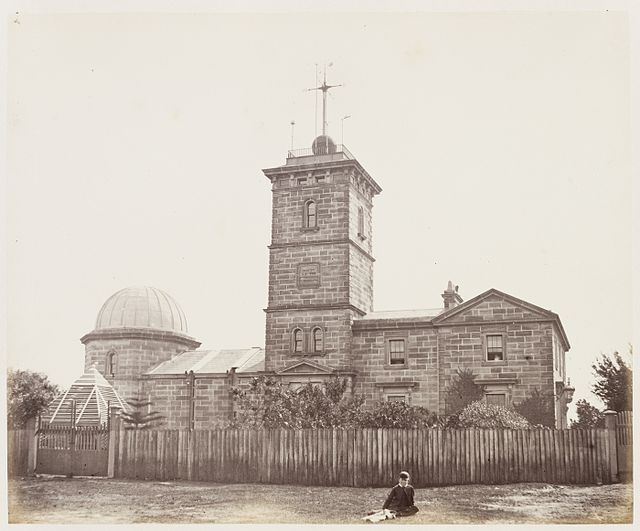Astronomy in the medieval Islamic world
Medieval Islamic astronomy comprises the astronomical developments made in the Islamic world, particularly during the Islamic Golden Age, and mostly written in the Arabic language. These developments mostly took place in the Middle East, Central Asia, Al-Andalus, and North Africa, and later in the Far East and India. It closely parallels the genesis of other Islamic sciences in its assimilation of foreign material and the amalgamation of the disparate elements of that material to create a science with Islamic characteristics. These included Greek, Sassanid, and Indian works in particular, which were translated and built upon.
18th century Persian brass astrolabe at the Whipple Museum of the History of Science in Cambridge, England. The astrolabe consists of a disk engraved with the positions of the celestial bodies.
The Tusi-couple is a mathematical device invented by Nasir al-Din al-Tusi in which a small circle rotates inside a larger circle twice the diameter of the smaller circle. Rotations of the circles cause a point on the circumference of the smaller circle to oscillate back and forth in linear motion along a diameter of the larger circle.
An illustration from al-Biruni's astronomical works that explains the different phases of the moon, with respect to the position of the sun.
Ibn al-Shatir's model for the appearances of Mercury, showing the multiplication of epicycles using the Tusi-couple, thus eliminating the Ptolemaic eccentrics and equant.
Astronomy is a natural science that studies celestial objects and the phenomena that occur in the cosmos. It uses mathematics, physics, and chemistry in order to explain their origin and their overall evolution. Objects of interest include planets, moons, stars, nebulae, galaxies, meteoroids, asteroids, and comets. Relevant phenomena include supernova explosions, gamma ray bursts, quasars, blazars, pulsars, and cosmic microwave background radiation. More generally, astronomy studies everything that originates beyond Earth's atmosphere. Cosmology is a branch of astronomy that studies the universe as a whole.
The Paranal Observatory of European Southern Observatory shooting a laser guide star to the Galactic Center
Astronomical Observatory, New South Wales, Australia 1873
19th-century Quito Astronomical Observatory is located 12 minutes south of the Equator in Quito, Ecuador.
The Suryaprajnaptisūtra, a 6th-century BC astronomy text of Jains at The Schoyen Collection, London. Above: its manuscript from c. 1500 AD.








